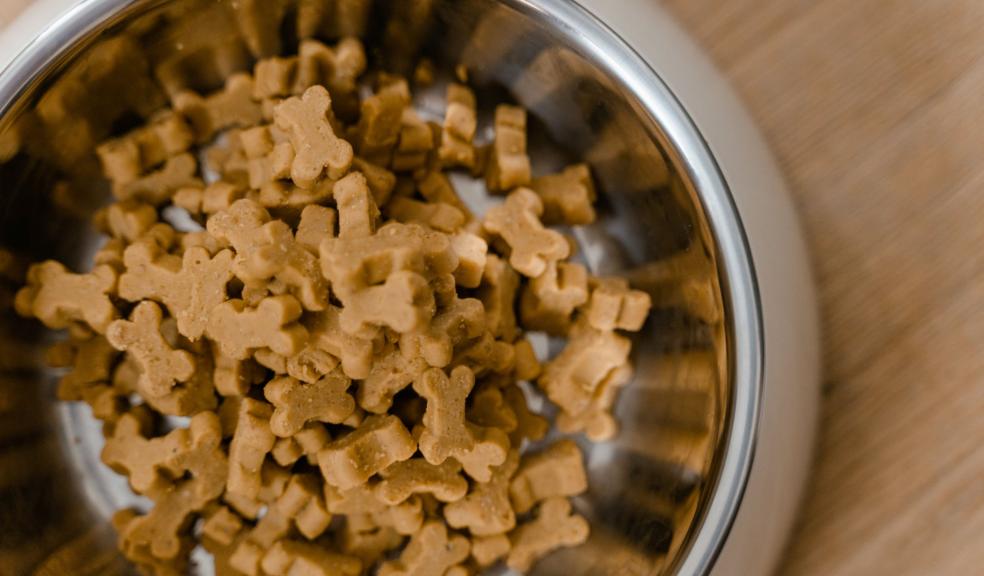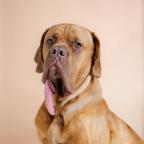
Dog Owners Warned About Storing Dog Food Incorrectly - Leading To Vomiting and Seizures! Expert Comments
Making a mistake when storing your dog's food can lead to your dog becoming unwell, and a trip to the vet. Improper storage of dog food can lead to mould, bacteria and mites infiltrating your pets food, which can lead to vomiting and illness in dogs.
Dog experts at Kennel Store have warned of the dangers of incorrectly storing dog food, and how to properly store it, and highlighted the symptoms of mould poisoning in dogs.
“Similar to storing our food, dog food can also spoil, therefore needs to be stored properly.
Here’s what you need to know about dog food storage
- Buy a bag that can be used with 30 days to prevent rancid fats and free radicals
- Store dry food in an airtight container. Use up all of the food before refilling it as the fat and crumbs can build up, causing the food to go bad
- Wash the container between bags to prevent cross contamination, and mould growth
How to safely store dog food
Make sure the bag is firmly sealed
If the bag can't be sealed, move the dog food to an airtight container. Make sure the lid fits tightly on the container to keep out air, moisture, and pests.
Keep in a cool, dry place
Heat and humidity can cause food's nutritious value to decline, and also encourage the growth of bacteria and mould. Select a dry, cool place to store such as a cupboard, out of direct sunlight.
Steer clear of direct sunlight
This can cause the fats in dog food to go rancid and lose the nutritional value. Use plaster containers made from food-grade plastic, or keep the food in a shaded place for storage.
Follow the principle of "first in, first out"
Put the newest bags of food at the back and move the older ones to the front. By doing this, you can guarantee that the oldest food is consumed first, preserving freshness.
Look out for signs of spoilt food
Regularly check the dog food for indications of mould, discolouration, strange smells, or potential insect infestations. You should throw away the food immediately if you do see any of these symptoms.
Signs of mould ingestion in dogs
- Vomiting
- Diarrhoea
- Disorientation
- Restlessness
- Tremors
- Jaundiced appearance (icterus)
- Seizures
- High fever (hyperthermia)
- Abdominal pain
If you are concerned your dog has eaten food that has become mouldy, it’s important they see a vet quickly for the appropriate care and to prevent illness from worsening.”







